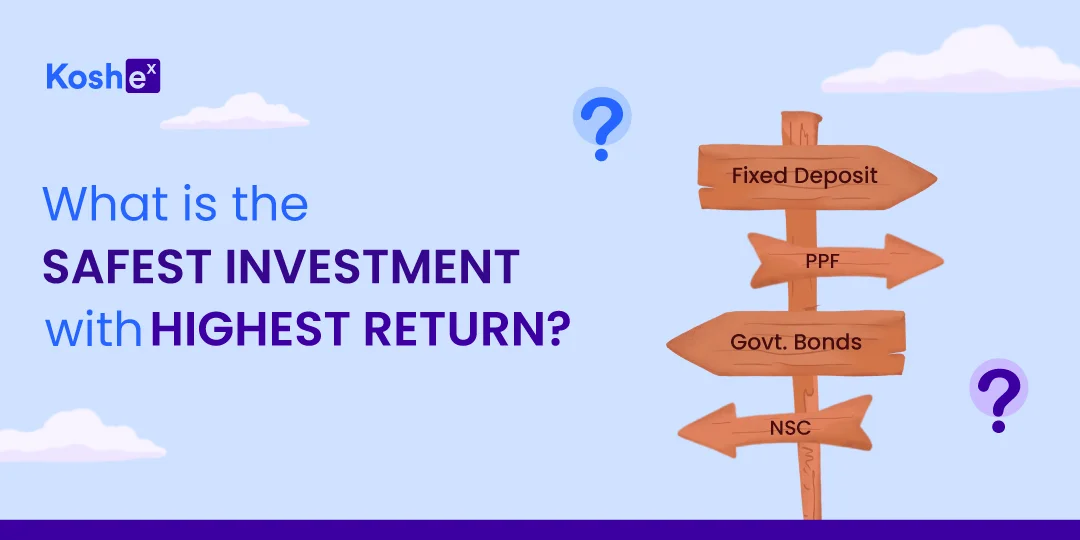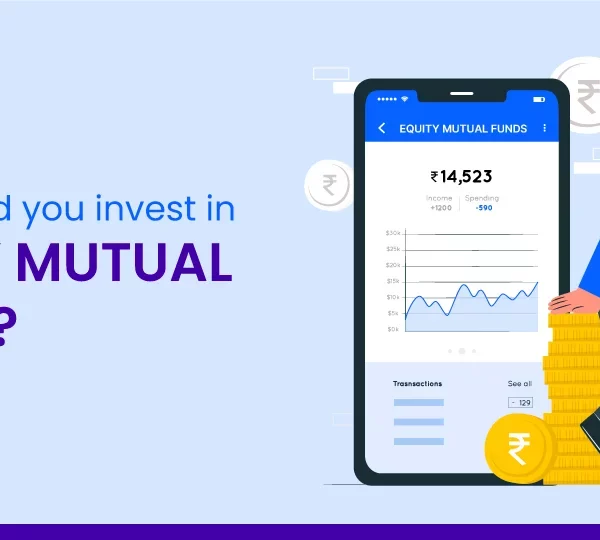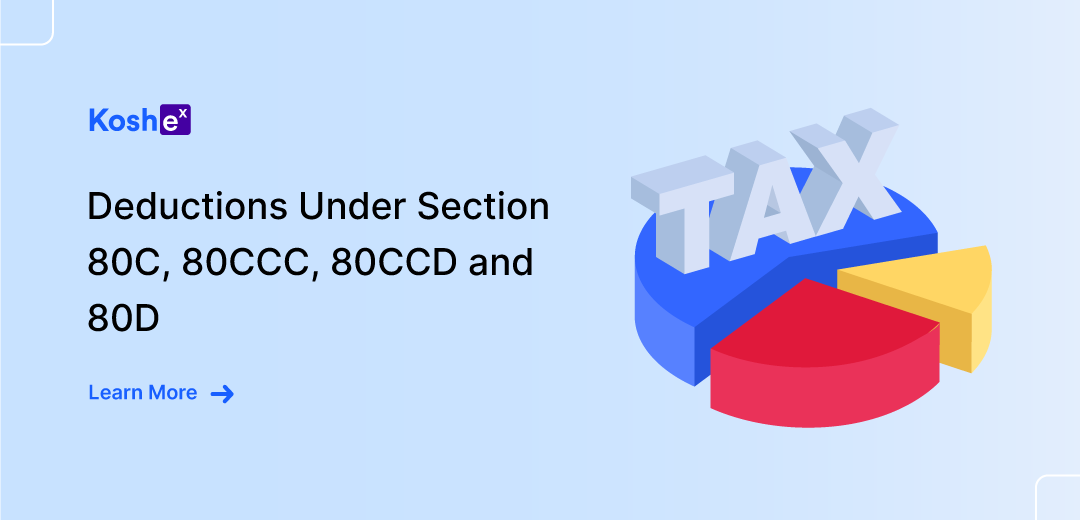What Are The Safest Investments With Highest Returns In India?
There are a lot of options for Indian investors who are looking for conservative investment instruments to put their money in.
These investments often offer tax benefits and here’s a guide explaining all the instruments and how you can choose the right investment option for yourself.
When it comes to investing, we are aware that there are risks. If you take high risks, you will get high returns and vice versa.
Even though we would like to take risks in order to gain higher returns, it is also important to include some low-risk investment options to balance your portfolio.
There are some excellent investment options that come with low risk but will give steady returns to you. We have put together a detailed list of these instruments to help you choose the best ones for you.
Public Provident Fund (PPF)
This is a government-backed fixed income scheme and investment in PPF is completely tax-exempt too.
The investment of up to ₹1.5 lakhs per annum and the maturity amount you receive from investing in PPF is also exempted from any tax.
You can consider PPF to be a risk-free investment as its returns are guaranteed by the government.
At present, the government offers an interest rate of 7.1% for PPF. A PPF fund will mature in a span of 15 years and partial withdrawals are allowed after five years of the account opening.
In a year, you can invest a maximum of ₹1.5 lakhs in PPF and a minimum of ₹500.
If you wish to put your money in PPF and want to learn more about your maturity amount and how much interest you can accrue on your investment, check out the PPF Calculator by Koshex.
National Savings Certificate (NSC)
The certificate can be readily bought at Indian public banks, all post offices, and some private banks. In order to buy a certificate, a minimum investment amount of ₹1000 is mandatory.
You can invest any amount in the multiple of 100 in 12 installments in one financial year or the desired deposit at once. There is no upper limit on investment in NSC.
With NSC, you don’t have to pay any tax until maturity and it provides tax savings of up to ₹1.5 lakhs under section 80C.
You can invest every year in NSCs for five years (the lock-in period of NSC is 5 years) and post that, you only need to invest the principle while using the interest as your income.
The interest is compounded annually at the rate announced by the Ministry of Finance every quarter and it is paid at the end of the maturity period.
The interest every year is considered as reinvestment and not taxed, but the final chunk of interest will be taxed as per your regular tax slab.
National Pension Scheme (NPS)
This government-monitored pension fund invests in diversified stock market portfolios including government bonds, corporate debentures, and shares.
The returns or the accumulated pension wealth made on such investments are used to purchase a life annuity and a portion is available for withdrawal at the end of the scheme cycle.
There are two types of NPS accounts – Tier I NPS Account and Tier II NPS Account.
Tier I NPS Account
The Tier I NPS account is available for Indian citizens between the age of 18 and 65. This account can be opened by depositing ₹500 and an amount of ₹1000 has to be deposited in a financial year in order to keep the account active.
After reaching the age of 60, you can withdraw a maximum of 60% of your total balance.
The rest of the 40% has to be compulsorily used to buy a pension plan of your choice. Investments of ₹2 lakh per annum in this account are exempted from tax under Section 80C and Section 80CCD.
The returns earned on NPS tier I accounts are exempted from tax.
Tier II NPS Account
The Tier II NPS Account is a voluntary account and can be opened only if an individual already has an NPS Tier I account. You have to pay a minimum investment amount of ₹1,000 at the time of opening the account.
There is no mandatory annual contribution in the tier II NPS account and there is no maximum limit of investment amount into this account.
After you reach the age of 60, you can withdraw a maximum of 60% of the total corpus, and the rest of the 40% is used to buy a pension plan of your choice.
There are no tax benefits in the tier II NPS account and income from this account will be taxed as per your tax slab. Only government employees get tax benefits if they stay invested for three years.
If you wish to put your money in NPS and want to learn more about your maturity amount and how much interest you can accrue on your investment, check out the NPS Calculator by Koshex.
Fixed Deposit
A fixed deposit account is an account where you can deposit money for a specific period of time and the interest rate does not fluctuate during the period of the deposit.
The minimum amount required to open a fixed deposit account is ₹10,000. You can withdraw an FD partially but you will have to pay a penalty on premature withdrawal.
There are different types of fixed deposits such as Normal Fixed Deposits, Tax-Saving Fixed Deposits, Senior Citizen Fixed Deposits, Cumulative Fixed Deposits, Non-Cumulative Fixed Deposits, and Flexi Fixed Deposits.
In a normal fixed deposit, you will deposit your money for a fixed tenure, which can range from 7 days to 10 years. The interest rates in these fixed deposits are higher than in a normal savings account.
Tax-saving fixed deposits offer tax exemption on the principal deposit amount of up to ₹1.5 lakhs in a calendar year.
These FDs come with a lock-in period of 5 years, which means you cannot withdraw the amount. These FDs allow only a one-time lump sum deposit.
Senior citizen fixed deposits are applicable for individuals who are above the age of 60. Senior citizens are eligible for special rates and flexible tenures.
In cumulative fixed deposits, interest is compounded every quarter or year and paid at the time of maturity. In non-cumulative fixed deposits, interest is paid out monthly, quarterly, half-yearly, or annually, as per your choice.
In Flexi fixed deposits, the FD is linked to your bank account and money shuttles between your FD and savings account. There is no limit on the maximum deposit and there are additional rates for senior citizens in Flexi FDs.
If you wish to save money through Fixed Deposits and want to know how much interest and the total amount you will earn, check out the FD Calculator, created by Koshex.
Pradhan Mantri Vaya Vandana Yojana
It is a pension scheme announced by the Government of India exclusively for senior citizens aged 60 years and above which was available from 4th May 2017 to 31st March 2020.
It was further extended up to 31st March 2023. Initially, the scheme offers an assured rate of return of 7.40% per annum for the year 2020-21 and thereafter to be reset every year.
The scheme will offer an assured pension of 7.40% per annum payable monthly for FY 2021-22. This assured rate of pension shall be payable for the full policy term of 10 years for all the policies purchased until 31st March 2022.
On the survival of the pensioner during the policy term of 10 years, a pension in arrears will be paid to the survivor subscriber.
But if the subscriber dies during the 10-year policy term, the beneficiary or nominee will receive the purchase price.
The subscriber can avail of a loan of up to 75% of the purchase price after the expiry of three years to cover an emergency. In case of a medical emergency of the subscriber or his / her spouse, the subscriber can withdraw 98% of the purchase price.
Government Bonds
The Indian government has opened direct purchase of bonds for individual investors to encourage domestic participation in the sovereign bond market.
You must have a bank account at a bank to buy government bonds. The price of the bond is announced at the time of the bond announcement by the government.
Most government bonds are fixed-rate bonds. This means that the interest rate is fixed for the entire tenure of the bond until maturity.
The maturity period of a government bond can be a year or more depending on the offering. You will have to pay tax as per your income bracket from the income generated by the interest that you receive from these bonds.
Choosing The Right One
There are a lot of safe investment options available for everyone. So, it is important to put your money in those options that suit your goals, investment amount, and taxes.
Firstly, you need to understand which investment options suit your goals, how much money are you willing to invest each year and how much you will have to pay taxes on your investments.
If you wish to learn more about other investment instruments, such as mutual funds, head over to Koshex today.
Koshex offers Mutual Funds, Smart Deposits, and Digital Gold, and you can invest in any of them in less than 3 minutes. Create an account with us today!









Leave a Comment